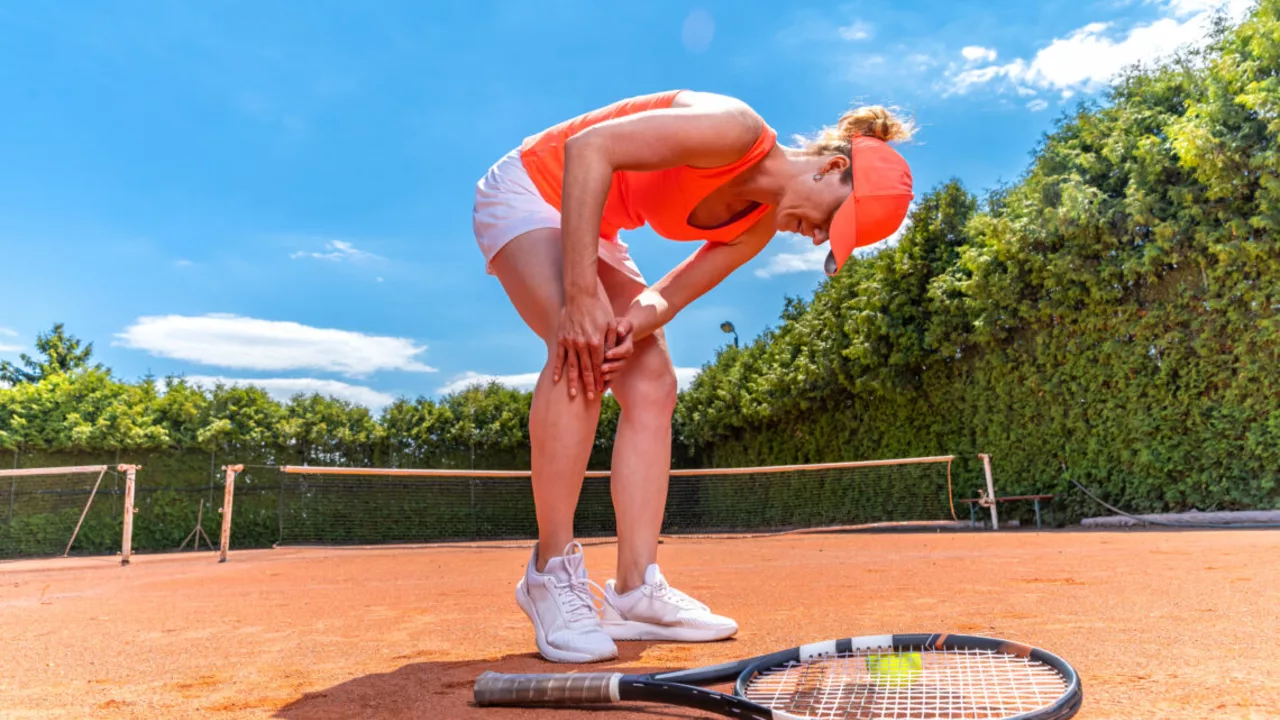The Professional Sphere and Tennis Elbow: A Hide and Seek Game
I’m sure you’ve watched a grand slam or two in your lifetime, and there’s something quite majestic about witnessing the game being played at the highest level. Have you ever wondered, however, why these professional tennis players seem to magically dodge the bullet that is tennis elbow? Most recreational players who swing a racquet a handful of times a week often groan about the awful sting in their forearm. Yet, funnily enough, you never hear about Rafael Nadal or Serena Williams complaining of this. Why is that?
In the simplest terms, tennis elbow, or lateral epicondylitis for the medically inclined among you, is the inflammation of the muscles and tendons that control your wrist and fingers due to overuse. That doesn't sound like something professional tennis players should escape from, right? Unless they have made a secret pact with the tennis gods, it appears they've figured out something that we haven't. So, let’s dive in, shall we?
Anatomy of a Tennis Player: The Professionals Know Their Stuff
The professional tennis community has a comprehensive understanding of the body mechanics involved in each powerful serve and swing. And they use this knowledge to their advantage. Unlike our fun weekend tennis matches, professional players meticulously work on their technique, grip, swing, and footwork. They’ve honed their skills to near perfection not to merely win matches, but also to reduce any undue strain on their body, particularly the elbow.
While professional tennis could be perceived as a high-risk sport for joint injuries, the consistent focus on accurate technique mitigates this risk. Professionals also typically use a two-handed backhand, which shares the load between the two arms, reducing the risk of elbow overload. Meanwhile, us mere mortals struggle between trying not to hit the net and remembering if it’s our turn to serve!
Strength, Conditioning, and The Game
Looking at their chiseled physiques, you can tell that professional tennis players spend countless hours conditioning their bodies. The muscle strength and endurance they build up through rigorous training act as physical guardrails, protecting them from injuries, including tennis elbow.
The cocktail of aerobic and strength training, flexibility exercises, plyometrics, and more, help build a resilient musculoskeletal system that can withstand the repeated high-intensity movements of tennis. This aspect is a massive contrast to the recreational player whose primary exercise might be the occasional jog or gym visit.
Core Physical Therapy: An Unseen Guardian
Did you know that the most elite players routinely seek physical therapy even when they are not injured? You see, the pros understand that the key to longevity in the sport is not merely avoiding injury, but actively working towards preventing it. Now, isn't that something?
Using various preventive strategies such as joint mobilizations, soft tissue massages, therapeutic exercises, equipment modification, and more, physical therapists keep the nagging tennis elbow at bay. Physical therapy also helps optimize performance by addressing any physical imbalances or weaknesses that could lead to faulty stroke mechanics.
Equipment Matters: The Devil is in the Details
Believe it or not, equipment plays a silent yet significant role in the swearing (or grinning) that happens on the court. Professional tennis players pay utmost attention to the minutest details of their equipment- from the weight and balance of their racket to the density of their strings, everything is customized for their style of play.
Less vibration is transmitted to the arm holding a well-balanced racket, which is extremely helpful in preventing tennis elbow. Also, expertise and guidance from coaches and physiotherapists come in handy to tweak their equipment in subtle ways that ensure lesser stress on their elbows.
The Art of Rest and Recovery
Don't let the grueling matches and intense training schedules fool you. Professional tennis players are masters at the art of rest and recovery. They understand the impact of proper recovery and healing on their body’s long-term health and performance.
Post-match routines are carefully planned with ample time for sleep, ice baths, massages, stretching activities and more. The importance of a well-rounded recovery plan cannot be emphasized enough, it helps reduce muscle fatigue and any associated risk of injury. Just imagine, while we're hustling through traffic after a game, the pros are probably unwinding in an ice bath!
Professional Intervention: A Stitch in Time Saves Nine
Despite every caution, overuse injuries do sneak up on professional tennis players now and then. However, they are promptly addressed by a team of specialists even before they make it to the headlines.
Professional players get access to world-class medical care which accounts for timely diagnosis and treatment. This keeps a lid on the injury before it can progress towards an episode of tennis elbow. And indeed, preventive medical intervention plays a vital part in the career longevity of these professional players.
Conclusion: Can We Play Match Point?
So there you have it. Precise technique, customized equipment, strong conditioning, dedicated preventive care, planned recovery, and timely medical intervention are the secret weapons of professional tennis players against the notorious tennis elbow.
Although we don't have a team of professionals at our disposal, incorporating these lessons might help reduce the risk of developing tennis elbow. Maybe we can play like the pros after all! And hey, this isn't any insider information. These are lessons that are out there, free to soak in, and develop into one's habits. So let's keep those serves flying and the love for tennis alive without elbowing our elbows!



